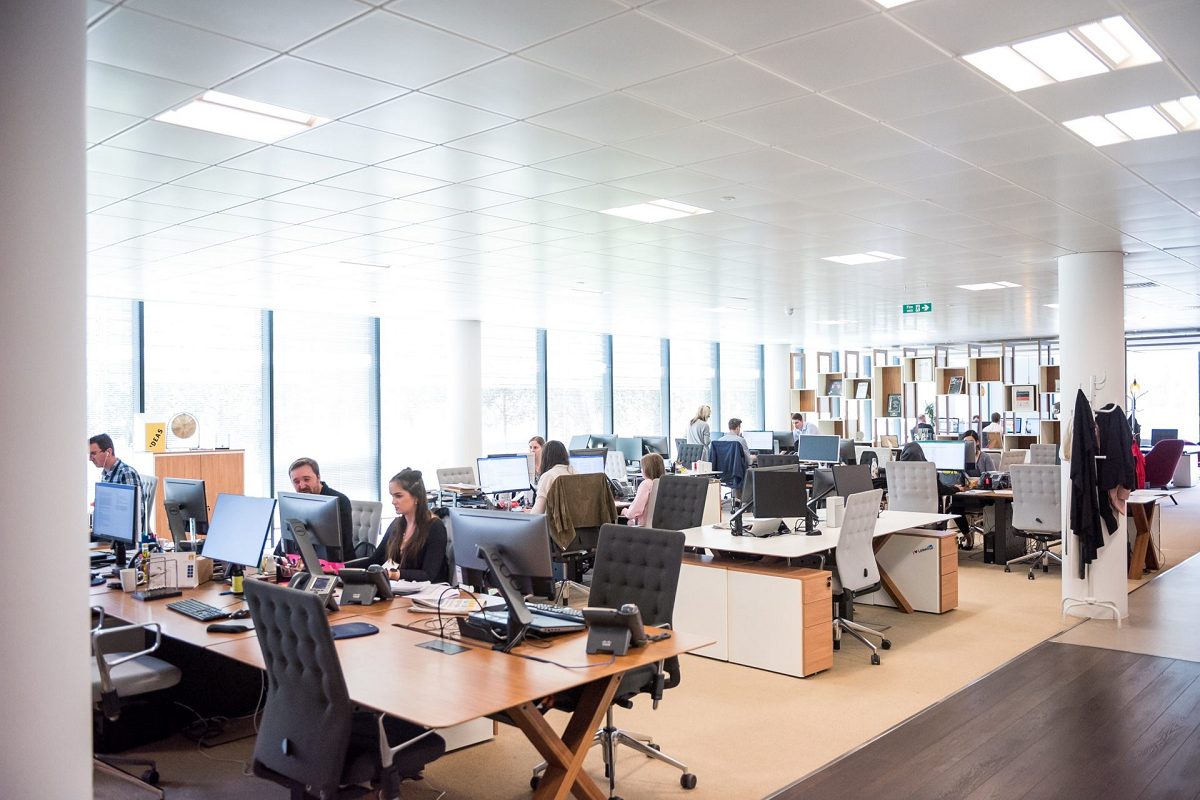Research by MIT Sloan has shown that toxic workplaces are one of the leading reasons people leave their job. In a toxic work environment, employees are often subjected to behaviour by their managers or colleagues that negatively impacts their mental and emotional health. It’s often termed a psychologically unsafe workplace.
What is psychological safety?
The phrase psychological safety originated in research conducted by Harvard Business School professor Amy Edmondson. There has been extensive research since this research, particularly in the context of high performing teams and employee engagement.
In essence, psychological safety is how comfortable employees feel in expressing their thoughts, opinions and ideas without fear of punishment, humiliation or retribution.
A two-year study by Google – Project Aristotle – discovered five components found in high-performing teams:
- – Psychological safety
- – Dependability
- – Structure and clarity
- – Meaning of work
- – Impact of work
Of the five, psychological safety was deemed not only the most important but also the foundation for the other components.
The four stages of psychological safety
The “four stages of psychological safety” framework can be used as a diagnostic tool to assess the stage of psychological safety in any organisation or social unit:
- Inclusion
- Safety to leave
- Safety to contribute
- Safety to challenge the status quo
What’s the impact of poor psychological safety?
Poor psychological safety is detrimental to individual employees but also impacts at a business level. An organisation that fosters a psychologically unsafe culture is at risk of high employee turnover, lack of innovation and poor productivity.
At workplaces with low psychological safety, the performance of employees is also significantly impacted. You may see the following signs and symptoms in your employees if they don’t feel psychologically safe:
- – Contribution to the business is limited
- – The ‘blame game’ is often played because people don’t want to own up to mistakes
- – Lack of critical thinking skills and difficult conversations,
- – Feedback is not given or requested,
- – Employees don’t know each other personally, only professionally,
- – The team simply look to “toe the line” in their role.
Balancing psychological safety with accountability
A psychologically safe environment doesn’t mean that there’s no accountability for employees. In fact, it’s quite the opposite.
In the opinion of Amy Edmondson, in order to hold people accountable, their workplace needs to be psychologically safe. If employees are afraid of being punished for a mistake or humiliated for their opinions, you can’t expect them to be accountable for their own actions or work output.
How can you build a culture of psychological safety?
Creating a psychologically safe workplace requires a concerted effort and ongoing commitment from an employer. It’s important that managers lead by example, modelling inclusive behaviours and encouraging open communication.
Other strategies include:
- – Establishing clear expectations for behaviour
- – Embracing mistakes as learning opportunities
- – Encouraging the giving and receiving of constructive feedback
- – Fostering teamwork and collaboration
- – Focusing on learning and development
We are passionate about building psychologically safe and high-performing workplaces, and would love to speak with you further about strategies and resources for your business. Email the Common Goal Consulting team at projects@commongoalconsulting.com.au or call Director Nikki Jenkinson on 0472 545 584.





